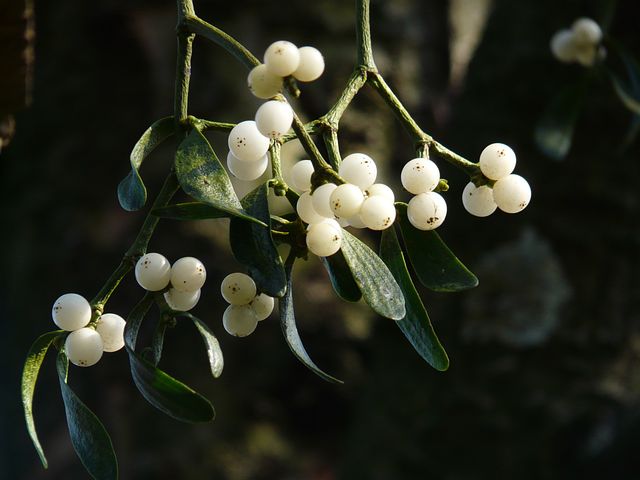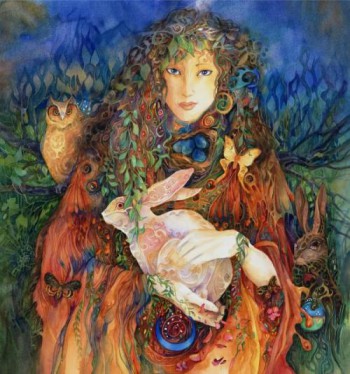I always wondered why God placed a tree with luscious fruit in the Garden if it wasn’t to be eaten.
The standard answer is that it was a test, but why was a test necessary and what was it testing?
Some texts say there were two trees in the Garden of Eden; the Tree of Life and the Tree of Knowledge of Good and Evil. Why two? Because it separates the qualities of divinity that humans desire—wisdom and immortality. In my novel Original Sinner, I chose to combine them, so the fruit bestowed both gifts.
Trees were sacred in primitive societies: they represented the cycles of life and nature and were closely associated with goddesses of fertility and nurture.
As the tallest and most long-lived of all living things, they have a magical quality about them bordering on immortality. Their branches reach up to the heavens and their roots dig down to the underworld, suggesting a connection to other planes of existence.
The association between tree and serpent dates back beyond the Bible. Snakes resemble tree roots, and therefore have been given the same chthonic taint. Ancient people believed snakes to be wise, and capable of healing ails and casting spells.
There was a holy trinity of tree, snake, and goddess, in pagan culture that didn’t sit well with the writers of religious texts. One school of thought states that the story of denying access to this delicious fruit was a symbolic decrying of anything associated with evil— such as the serpent and the divine feminine!!

Visited 1050 Times, 1 Visit today




